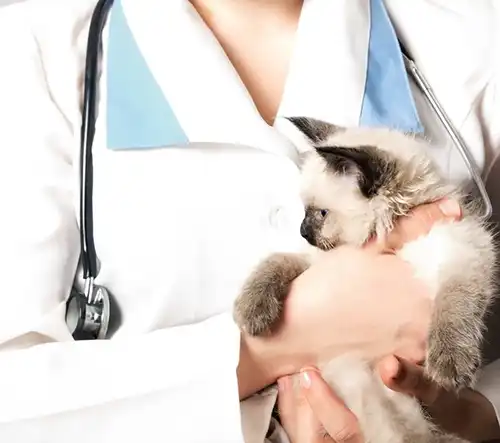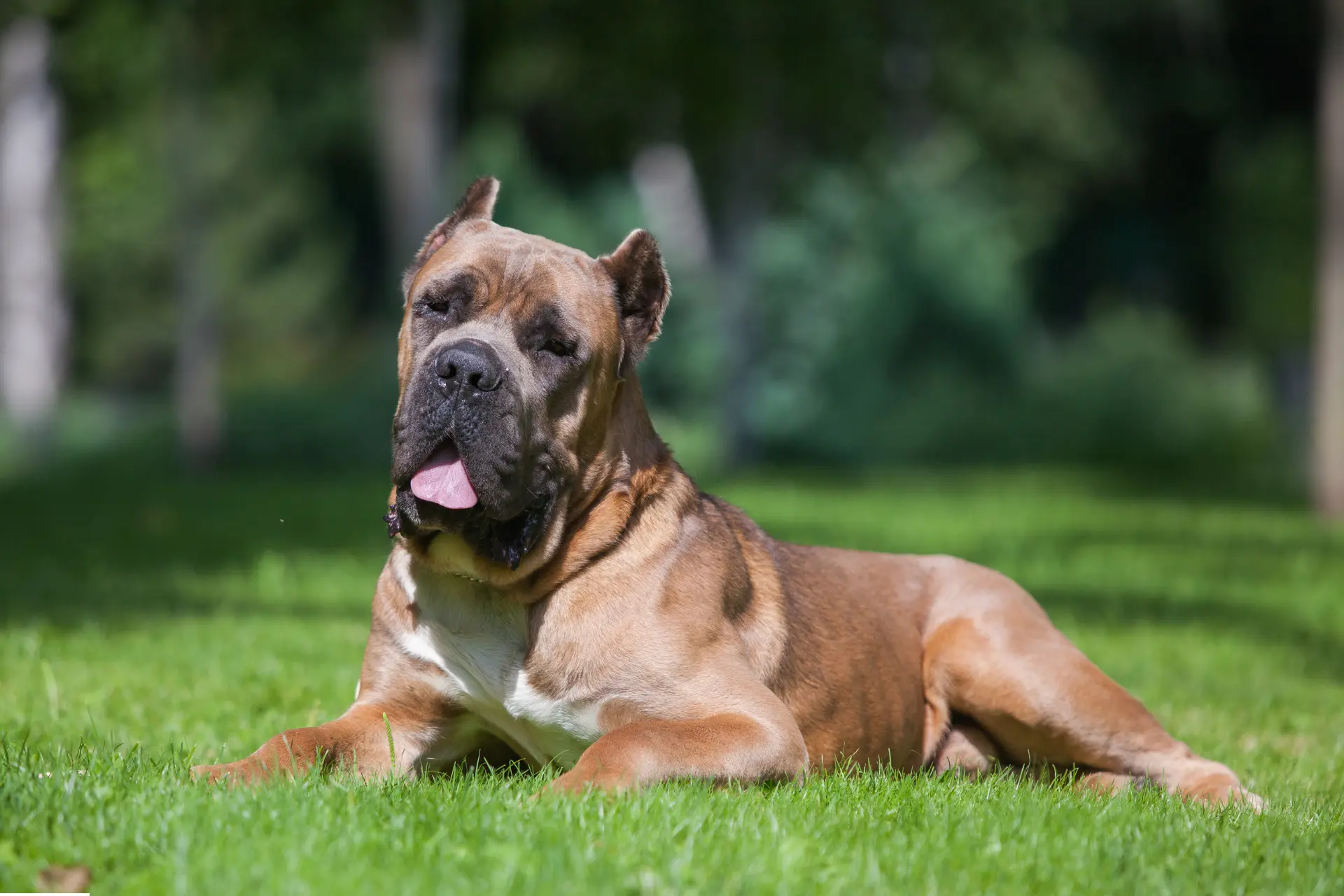Puppies are undeniably one of the cutest things on the planet. Dogs can make a lot of them, as well. A single pair of pooches can have 370,092 puppies in just 7 years! Most of the time, canine pregnancies go pretty smoothly. Of course, just like any other expecting mama, your pooch will need some extra TLC during this special time. Read on as a local Longwood, FL vet offers some insight into caring for a pregnant dog.
Basics About Dog Pregnancy
Gestation in dogs normally takes about two months, or 62-64 days. However, that isn’t a hard and fast rule. Also, keep in mind that the date of conception may not be the same as the breeding date. Breed and litter size can also factor in. Litter sizes typically range from a minimum of 3 puppies, with the normal maximum being about 15. However, there have been exceptions at both ends of the spectrum.
During that first month, fertilized eggs attach themselves to the lining of the uterine horn. From there, they double in size about every week or so. During the second month, the little beans start to appear more like puppies.
How Will I Know If My Dog Is Pregnant?
By the time a dog is close to delivery, the pregnancy may be quite obvious to the naked eye. However, it can be tricky to tell in the early stages. You can’t pick up a test from a pharmacy, so your best bet is to take your pooch to the veterinary clinic for tests.
The simplest is palpation, which is basically manually feeling for the puppies. This becomes a viable way to test around the end of the first month. This should only be done by a veterinarian.
After about 25 to 25 days, an ultrasound will become a viable option. An ultrasound will detect heartbeats, so you’ll be able to find out how many tiny furballs your pet is growing. (Fun fact: puppy heartbeats are two to three times faster than the mother’s.) Other options for tests include hormone tests and X-rays.
What Are The Signs Of Pregnancy In Dogs?
You should always seek out professional care if you know or suspect that your dog is pregnant. However, there are also a few clues you can watch for. For instance, you may notice that your furry friend has a sudden increase in appetite. After all, your cute pet may be eating for, well, anywhere from three to insert. (More on that later.)
Other signs of pregnancy in pups include the following:
- Weight gain
- Nipple growth
- Lack of energy
You may also notice some behavioral changes. Some dogs get a bit grouchy. Others go the other way, and want lots of cuddles and affection. You might also notice what is called nesting behavior.
Caring For Your Expectant Mama
Once you’ve confirmed that your pooch is pregnant, your focus will need to turn to keeping her healthy and safe, and making sure that the growing puppies are getting the nourishment they need. Diet is crucial here. If your pet is already eating a high-quality food, and was at or near her ideal weight before becoming pregnant, you may be able to keep her on the same menu until the last few weeks of her pregnancy. You may need to steel yourself a bit here: giving a pregnant dog too much food could actually be dangerous. Towards the end of her pregnancy, you can slowly increase your pet’s caloric intake. At this point, small, frequent meals are usually better than larger ones.
Ask your Longwood, FL vet for more tips on caring for a pregnant dog.
How Much Exercise Should My Pregnant Dog Get?
Before your pet gets pregnant, and during those first few weeks, she should stay on her regular exercise regime. This will depend on your pet’s age, breed, and size. However, once that belly begins to get noticeably large, you’ll want to tone things down. Short frequent walks are a better option than long ones with waits between
Taking A Pregnant Dog To The Vet?
Always take a dog to the vet before any attempts to breed her. A full exam is a must. Your pooch will also need to be current on her vaccinations. Your vet will check for any issues that may affect or interfere with the pregnancy or delivery. You’ll also need to bring your pet in during her pregnancy. If any issues are found, you may want to schedule a C-section in advance.
Contact us for help with the following:
- Progesterone Tests For Dogs In Longwood Fl
- Reproductive Vets Near Me In Longwood Fl
- Ovulation Tests For Dogs In Longwood Fl
- Dog Artificial Insemination In Longwood Fl
Preparing for Puppies
As the big day approaches, you can start to check for some telltale signs that your pet is about to deliver her puppies. One thing to watch for is an enlargement of the nipples. You may also notice fluid on the nipples. With some pups, you may even see or feel the babies moving around.
At this point, you’ll need a good whelping box. This is a safe, comfy environment for your pooch to give birth. You can buy these, but you can also make something. One option is to use a kiddie pool. Make sure that mama can get in and out, while the pups are contained. This should be placed in a comfy, quiet spat that isn’t drafty.
Remember to show your pet the box!
Here are some of the supplies you’d want to get:
- Newspaper or butcher paper for lining.
- Garbage Bags
- Bath Mats
- Clean Towels
- Thermometer
- Bulb Syringe
- Heat Lamp
- Sterile Scissors And Unwaxed Floss (For Cord Cutting)
- Iodine
Be sure to ask your vet for more information.
Helping Your Dog Deliver
As the big day approaches, your pooch may lose her appetite. She may also start making herself a den. (You may need to gently coax her towards your whelping box). Other signs include panting and a drop in rectal temperature.
Once labor starts, you may see the contractions. The puppies will be born inside membranes. Usually, the momma will remove this, but if she doesn’t, you’ll need to do it yourself. Don’t wait on this: puppies will quickly run out of air. Once you’ve freed the puppy, rub it with a clean towel.
Generally, the mother will chew through the cord as she licks the puppies. If not, you’ll need to cut it. Tie off the ends and use iodine to sanitize.
Ask your vet for more detailed information on what to expect.
What Are The Signs That Something Is Wrong?
Your pet may have her puppies at a steady pace, but there may also be pauses between. Give your pet water during this time. Your pet may need to relieve herself. She may deliver a puppy outside, so be prepared!
For the most part, labor should last about an hour for each puppy. This is why it’s important to find out how many are expected. Also, keep track of the number of placentas.
Contact your vet if:
· More than two hours pass between arrivals and not all of the puppies are out.
- Your dog’s rectal temperature dropped over 24 hours ago, but labor isn’t starting.
- Your dog appears to be in extreme pain
- Any of the puppies is having trouble breathing
- No puppies have arrived within two hours after contractions started, especially if you see green discharge
- If your dog has strong contractions for over an hour but no puppies
- Trembling, collapsing, or shivering
- If your dog delivers dark green or bloody liquid before the first puppy
- Puppies don’t nurse
- You have more puppies than placentas
Remember to talk to your vet regularly during the course of your pet’s pregnancy. We’re always happy to help! We are also happy to offer advice on caring for the puppies and your dog after birth in Longwood FL
Make An Appointment At Our Longwood, FL Pet Hospital
Do you have questions or concerns about your pregnant dog? Are you interested in reproductive services for dogs? Contact us, your Longwood, FL veterinary clinic, today!






!Social Media Icons